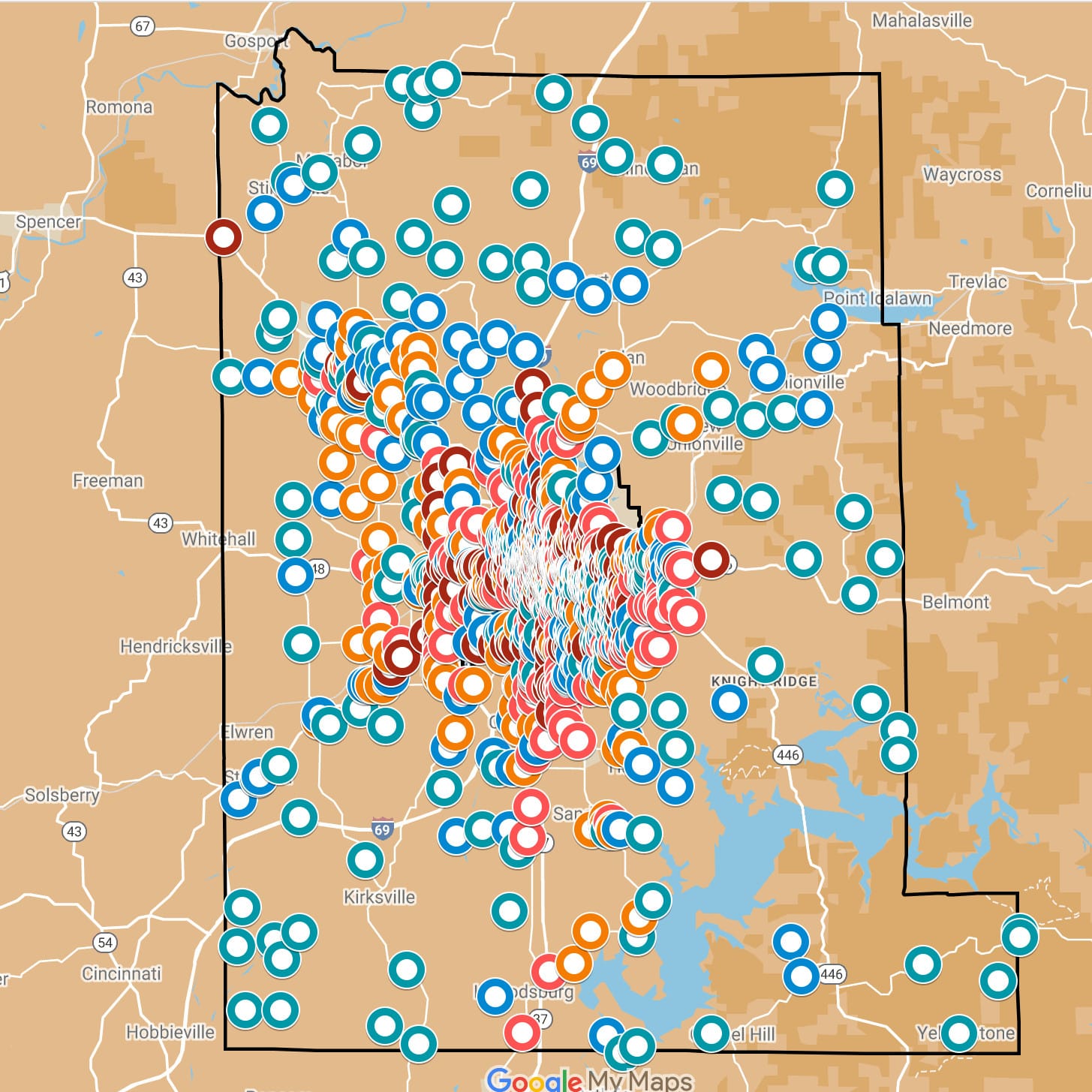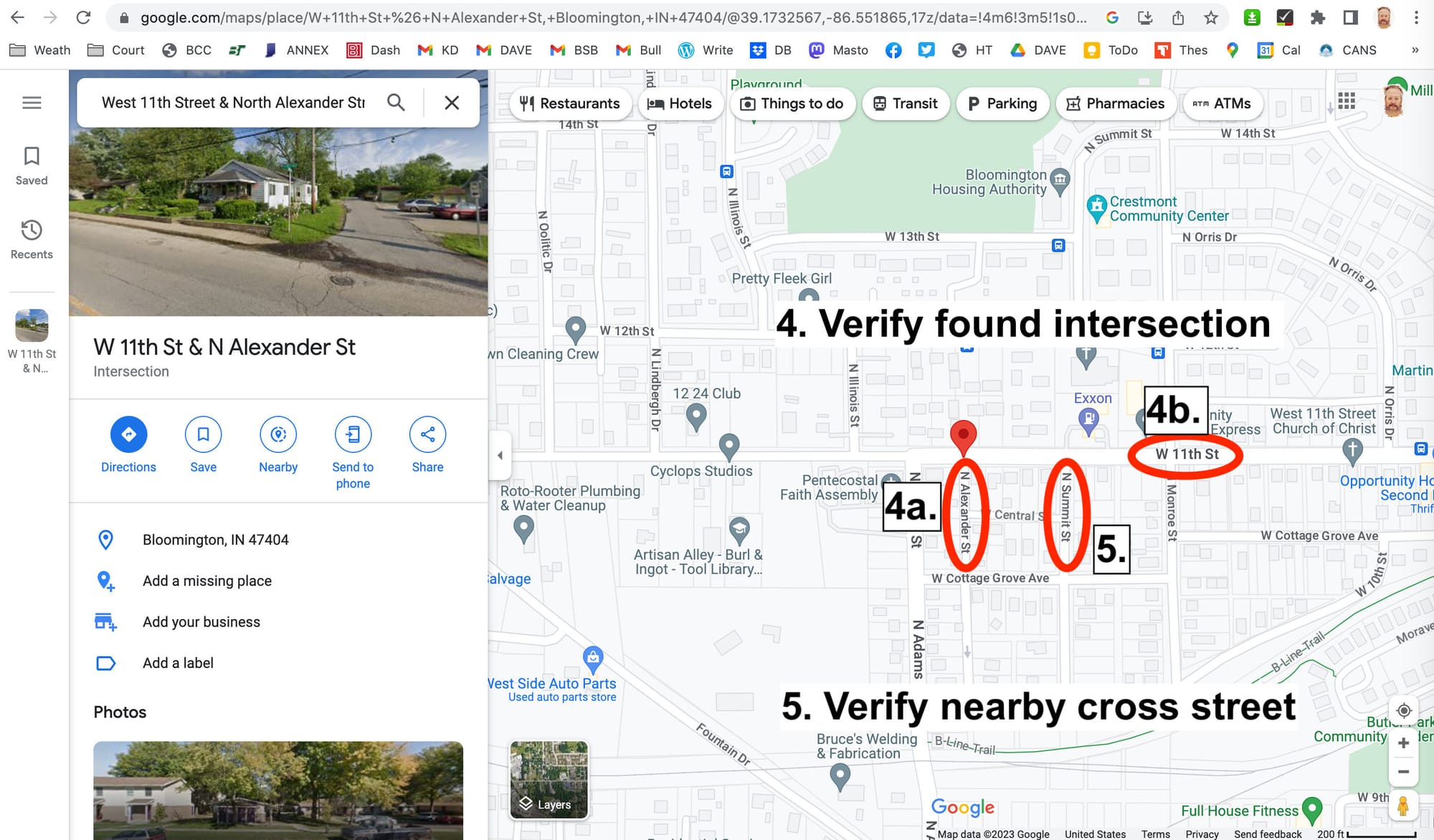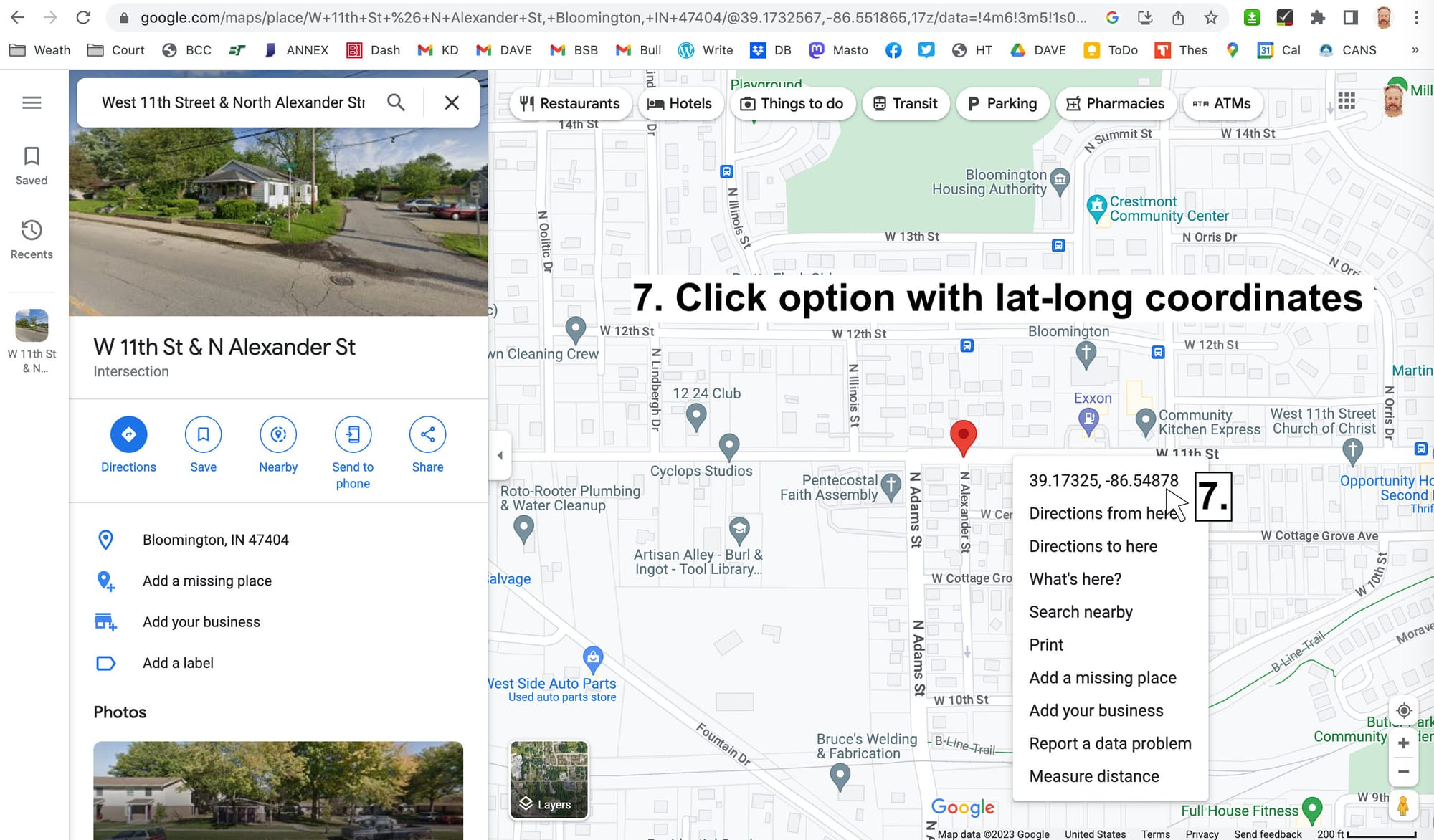Honk, if you’d like Bloomington’s traffic counts



On an average day, 2,526 cars drive along the section of Morton Street between 7th and 8th streets in downtown Bloomington.
Measured just a few months ago, that’s one of the freshest numbers in Bloomington’s traffic count dataset. That dataset and others are available through the part of the city’s website that is branded as B Clear Open Data.
As Bloomington gears up for some mid-June public meetings about the College and Walnut corridor, traffic counts are one kind of information that residents might like to have in a handier format than a bunch of rows and columns.
To serve that potential community interest, The B Square has built a Google Map showing the locations of all the traffic counters in the B Clear traffic count dataset. Click on a colored dot, and a sidebar will appear, showing the traffic count tally, as well as the year when the count was done.
On June 13, from 6 p.m. to 7 p.m. in city hall, there will be a public meeting to discuss the existing conditions along the College and Walnut corridor. Two days later, on June 15, from 6 p.m. to 7:30 p.m., another public meeting is scheduled, to discuss design concepts.
Those public meetings follow a few weeks of information gathering by city staff, using online surveys and in-person talks.
The dots on the traffic counter map are assigned colors on the map based on the average daily traffic count at that location:
Green: 10 to 450
Blue: 451 to 1,345
Orange: 1,364 to 3,582
Light Red: 3,586 to 8,523
Red: 8,578 to 27,052
For readers who want traffic count numbers that are more recent than the numbers in the B Clear dataset, in some cases the Indiana Department of Transportation (INDOT) traffic count database offers fresher figures.
The original B Clear dataset is missing the latitude-longitude coordinates for some of the locations. For our map, The B Square has manually geocoded the missing locations based on the descriptions in the dataset.
Google Maps offers a straightforward way to find the coordinates of any point on a map. Use CTL-click (Mac OS) or right-click (Windows) on any map point, and a menu will pop up, showing the latitude-longitude coordinates as an option to pick. Clicking on that option will automatically copy the lat-long information to the clipboard. It can be pasted anywhere you like, including the cells that are missing lat-long coordinates in a dataset.
Traffic counter locations are described in the B Clear dataset in a natural way—on Street X, between Street Y and Street Z. To conduct an efficient search for traffic counter locations in Google Maps, it’s useful to specify an intersection—like “Street X & Street Y”. After Google Maps serves up a placemark for the intersection and zooms in for a closer look, the other cross street (Street Z) can be found by visual inspection.
Below is a series of screenshots showing how that process can work.










Comments ()